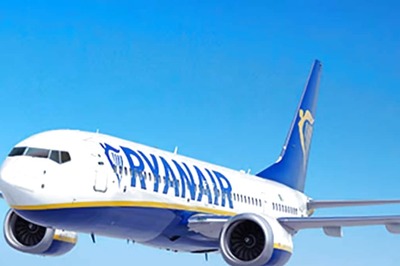
views
THIRUVANANTHAPURAM:The City Zoo, one of the oldest in the country, is a hotspot for animal lovers. Now, the zoo authorities are planning to open its gates for universities too. In the master plan prepared for 2012-13, the State Department of Museums and Zoos has proposed the idea of allowing students to engage in research-oriented works in the zoo. Once the proposal gets accepted, students from the University of Kerala, Kerala Forest Research Institute and Kerala Veterinary and Animal Science University can utilise the facilities in the zoo. Students who are keen on engaging in wildlife studies will be allowed to study the zoo animals. “Permission will be allowed based on the nature of the study,” Zoo director Udayavarman said. According to him, the city zoo is the first zoo in the country to prepare such a complete master plan. “The Central Zoo Authority (CZA) has given directions for some modifications. The revised master plan will be sent in two-three days,” he said. Former veterinary surgeon of the zoo Joe Jacob said that the proposal focuses on giving students an exposure to wild animals. “This will be helpful to students doing research on captive animals, animal habitats etc. For example, studies were held in the past on the breeding habits of lion-tailed macaque,” he said. Jacob feels that this could help in creating a data bank. “The College of Veterinary and Animal Sciences at Pookode is introducing a course on wildlife animals. So, the zoo’s move would be a great help to students who are doing research on wild animals,” he said. Jacob, however, added that permission will not go to the extent of collecting blood samples. The master plan had been modified twice. It now proposes an arrangement of zoo animals on thematic basis. The CZA has directed the authorities to specialise on Western Ghat animals. The major features will be the establishment of a Western Ghat Zone and African zone. “The zoo is planning to procure more Western Ghat animals. Giraffes and zebras will be imported from African zoos,” Udayavarman said. “The habitat will be developed in such a way that it will be more similar to the natural environment of the animal. Facilities for play such as waterfalls and swings will be introduced,” he said.



















Comments
0 comment